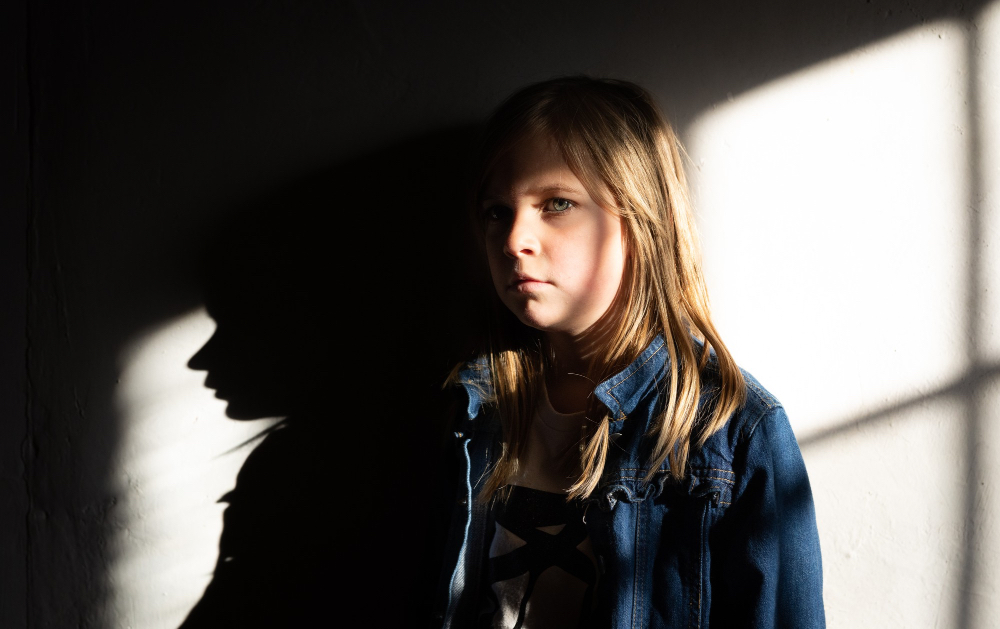This post is part of the Collective Punishment Basics series—a foundational guide for understanding how systemic exclusion shows up in schools and why it causes deep harm to disabled, neurodivergent, and vulnerable children. If you’re just starting to name what feels wrong, this is a place to begin.
There is a kind of harm we don’t always name. Not bruises. Not bad grades. Not exclusion on paper. It is the slow unravelling of something more fragile—trust. The felt safety between a student and their teacher. The invisible thread between classmates. The quiet assumption that school is a place where fairness lives.
Collective punishment severs that thread.
⸻
The emotional weight of injustice
When children are punished for something they didn’t do, the wound is not just disciplinary—it is existential. It tells them: your individual actions don’t matter. You can do everything right and still lose. You are not safe here. This lesson, taught through a missed recess or a group lecture, embeds deep feelings of resentment, helplessness, and fear.
Even very young children are exquisitely attuned to fairness. They protest when rules are unevenly applied, even on behalf of others. So when the whole class loses privileges because one student misbehaved, the confusion can morph into something more corrosive: shame for being blamed, and guilt for not speaking up. In time, it hardens into cynicism.
This is how classrooms become emotionally brittle.
⸻
Broken bonds between teachers and students
Relational trust is not a soft add-on—it is the foundation of effective teaching. Trust is the foundation of high performing schools. Trust between teachers and students correlates strongly with motivation, persistence, and emotional safety.
But collective punishment turns teachers from mentors into enforcers. It casts suspicion across the innocent and asks them to carry consequences for others. It replaces curiosity with control. And in doing so, it breaks the relational contract: that the adult will see them, know them, protect them.
Some students respond by withdrawing. Others act out more. Either way, the damage accumulates.
⸻
Trust between peers and families
Collective punishment also poisons peer relationships. It fosters scapegoating—students turn on each other, trying to identify who “caused” the punishment. Classmates become threats rather than collaborators. Whispered accusations replace solidarity. The social fabric frays.
For families, the effect is just as profound. When a child comes home hurt by something they didn’t do, the parent must decide: do I trust the school to make it right? Or do I teach my child that injustice must be tolerated? In schools where this happens repeatedly, family-school trust is lost. And once lost, it is very difficult to rebuild.
⸻
Compliance is not learning
What is being taught when collective punishment is used? Not empathy. Not responsibility. Not justice. What is taught—quietly, implicitly—is obedience. Stay silent. Go along. Don’t disrupt. And for some students, especially those who are disabled, racialised, or otherwise marginalised, this obedience is demanded more often, more harshly, and with less justification.
True learning does not come from fear. It comes from safety. Students learn best in environments where they feel seen, respected, and trusted. Where mistakes are met with support. Where consequences are fair, targeted, and humane. This is not idealism. It is evidence-based pedagogy.
-
What evidence is there that collective punishment is harmful?
Here is a brief selection from the overwhelming body of research confirming what many of us know intuitively: collective punishment is a harmful, outdated practice with no place in schools—or in any environment that claims to honour human dignity. Its use is so…
⸻
Repair is possible
If trust has been broken, it can be rebuilt—but only through honesty, accountability, and change. Schools that move away from collective punishment toward relational and restorative practices will see measurable gains in school climate and student engagement. But it requires more than a new policy. It requires a cultural shift. A reckoning.
We need to train educators not just in classroom management, but in emotional attunement. We need to reduce class sizes so relationships can actually form. We need leadership that models transparency and self-reflection. And we need families to be included as partners, not adversaries.
-
I used collective punishment: how can I repair trust?
If you’ve used collective punishment—like taking away recess from an entire class, cancelling an activity because one student was dysregulated, or using peer pressure to enforce compliance—you’re not alone. These practices are still common in Canadian classrooms. But they cause real and lasting…
⸻
Conclusion
Trust is not a vague feeling. It is a measurable, meaningful component of school health. And collective punishment breaks it. Slowly, pervasively, sometimes irreparably. If we want schools to be inclusive, we must start by making them just. If we want students to thrive, we must treat them as individuals. If we want real learning, we must stop teaching fear.
Because once trust is undone, the heart of the school begins to fail.









